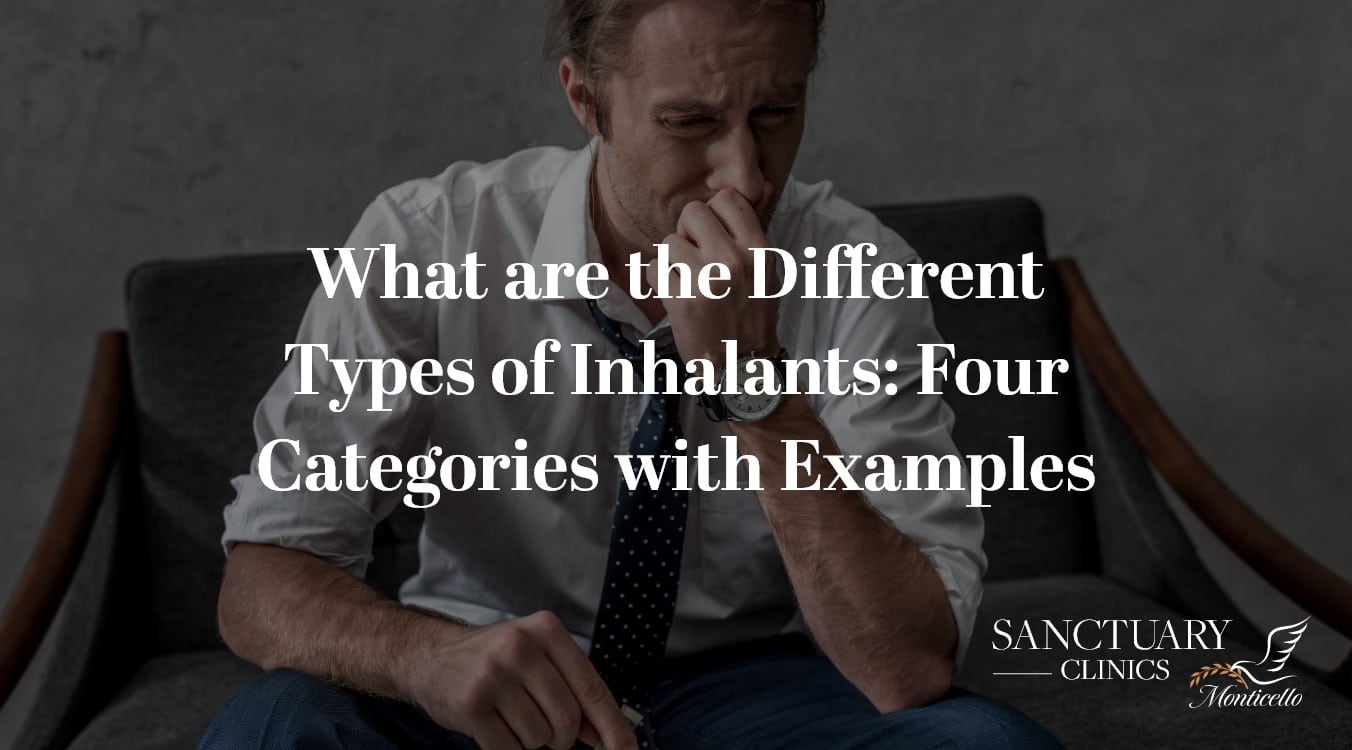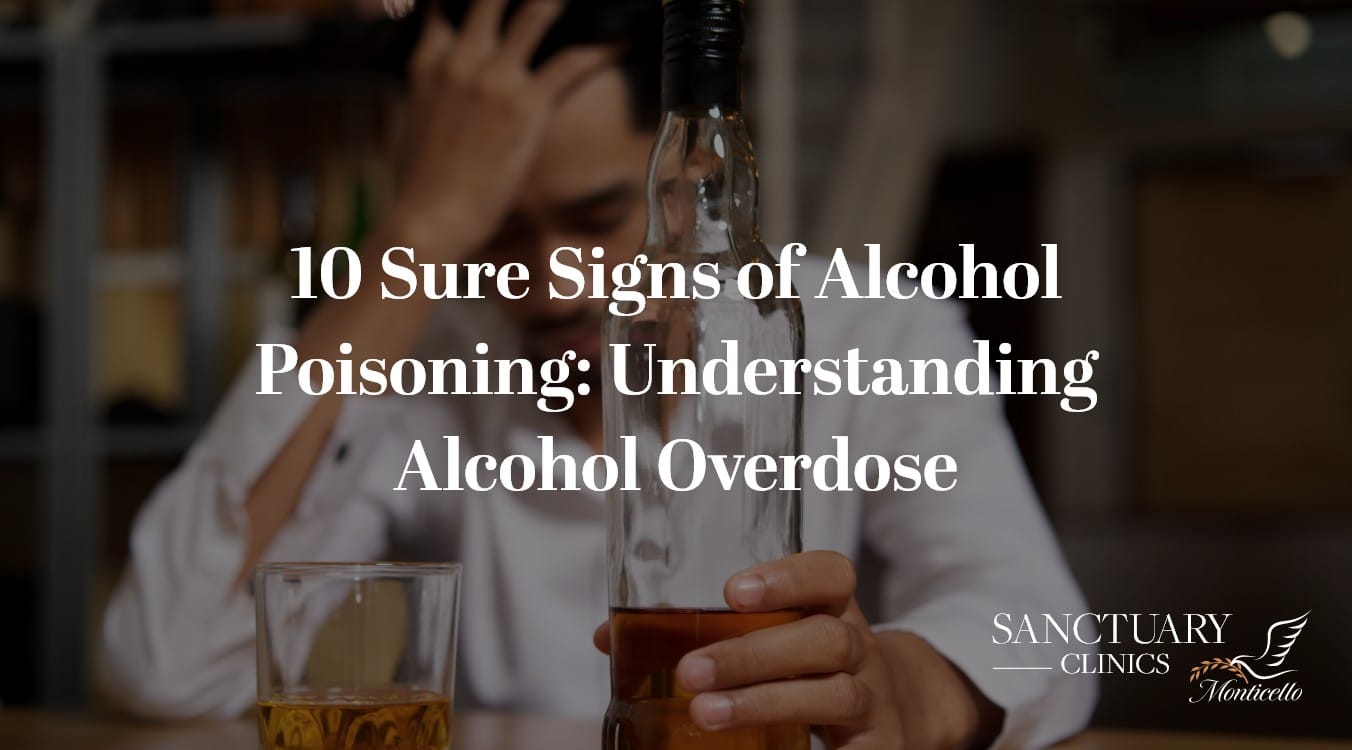The four categories of inhalants are: volatile solvents (liquids), aerosols (sprays), gases, and nitrites (poppers). Because they are so accessible, inhalants are often the first kind of drug teens encounter. Studies show that nearly 20% of eighth graders admit to having used an inhalant.
Identifying Solvents, Aerosols, Gases and Nitrates in Your Home
Many inhalants are common household items, frequently abused by children and adolescents because they are legal, available, easy to hide, and inexpensive. The dangers of these inhalants are seldomly known by parents—a child can be killed with just one use.
Volatile solvents (liquids)
These products vaporize at room temperature. They include:
- Gasoline
- Glue
- Paint thinners and removers
- Degreasers
- Correction fluids (white out)
- Felt-tip markers
- Electric contact cleaners
- Air fresheners
- Cigarette lighter fluid
- Wax remover
- Analgesic spray
Get Help Today.
We are here to help you through every aspect of recovery.
Let us call you to learn more about our treatment options.
We are here to help you through every aspect of recovery. Let us call you to learn more about our treatment options.
Aerosols (sprays)
These are sprays which contain propellants and solvents. They include:
- Deodorant
- Hair spray
- Spray paint
- Vegetable oil spray
- Fabric protector spray
- Aerosol cleaning products for computers
Gases
These include gases in commercial or household products and medical anesthetics. They include:
- Propane tanks
- Refrigerants
- Chloroform
- Nitrous oxide
- Butane lighters
- Cooling system fluids
- Halothane
- Whipped cream dispensers
- Ether
- Freon
- Helium
Nitrites (Poppers)
Nitrites are unlike other inhalants. Instead of acting on the central nervous system, they relax muscles and dilate blood vessels. Instead of being used to alter mood, they are used for heightened sexual experiences. They include:
- Room deodorizer
- Video head cleaner
- Leather cleaner
- Liquid aroma
- Food preservatives
- Certain adhesives and solvents
- Amyl nitrite
- Butyl nitrite
- Cyclohexyl nitrite
How are inhalants used?
There are many ways inhalants can be inhaled through the nose or mouth. Becoming familiar with the various methods of inhaling and the slang terms associated with them can be key. Here are some of the more common slang expressions:
- Sniffing – inhaling through the nose
- Snorting – inhaling through the mouth
- Dusting – spraying aerosol in the mouth or nose
- Bagging – inhaling after a substance has been placed into a paper or plastic bag
- Huffing – soaking a rag with a substance, holding it to the face or inserting it in the mouth, and inhaling
- Glading – inhaling air-freshener aerosols
- Ballooning – inhaling a gas from a balloon
Slang terms for inhalants include terms like moon gas, rush, air blast, hippie crack, poor man’s pot, bold, whiteout, discorama, oz, glad, whippets, snappers, and chroming.
Inhalant use often involves other objects used to facilitate inhaling chemicals, such as paper tubes stuffed with rags, toilet paper soaked with a chemical, empty soda cans, and empty perfume bottles. You’ll want to be aware of this sort of paraphernalia should it appear.
Do any of these terms or items sound familiar? It’s time to have a heart-to-heart conversation with your loved one.
Why are inhalants used?
The first thing to realize is that substance abuse doesn’t occur in a vacuum. People self-medicate in an attempt to mask, relieve or cope with other struggles. Getting to the bottom of these struggles is the beginning of true healing and recovery.
Inhalants are quick-hitters, absorbed by the lungs and reaching the brain within seconds. They can make you feel drunk or high. Some cause the brain to release dopamine, which is a feel-good chemical. Unfortunately, this high is very brief, and as such a user will often inhale over and over for several hours. This can cause addiction, meaning your body will become dependent on these chemicals to operate. Addiction raises your body’s tolerance, meaning your body will require increasing amounts of the chemical to achieve the same result. Most abusers of inhalants will use any substance available to them. Because effects of different inhalants vary, some users will have a favorite inhalant.
What are the signs that someone I love is using inhalants?
- Dizziness
- Slurred speech
- Headache
- Feeling tired all the time
- Hallucinations or delusions
- Blisters or rash on face
- Watery eyes or dilated pupils
- Disorientation, confusion, or euphoria
- Smelling like chemicals
- Loss of appetite, nausea, or weight loss
- Lack of coordination
- Chronic cough, runny nose, sore throat or mouth
- Irritability or mood swings
- Paint or other stains on face, hands, or clothes
- Hidden rags, bags, or empty containers around the house
- Household products missing or being used up too fast
- Changes in friend groups, grades, behavior, or grooming
- Teens who use inhalants are at higher risk of drug and alcohol use, delinquency, suicidal thoughts, and depression
Are there any long-term effects from using inhalants?
There are many long-term effects of inhalant use that range from temporary to severe. They include:
- Loss of hearing or coordination
- Liver, kidney, bone marrow, or brain damage
- Heart rhythm issues which could cause sniffing death syndrome
- Limb spasms, twitching, numbness, weakness, tremors, tingling in extremities
- Coma
- Loss of urinary and bowel control
- Apathy, confusion, violent behavior, hallucinations, or depression
- Slowed behavioral or cognitive development (especially in children)
- Suffocation from the brain or lungs not getting enough oxygen
- Birth defects when used during pregnancy
- Risk of sexually transmitted disease or hepatitis B or C when using nitrates for sexual performance and potentially engaging in unsafe sex
How do I talk to my kids about inhalants?
When you talk to your children about the dangers of drugs and alcohol, be sure to include inhalants. Stress that household products are only to be used in the way they are intended. Make sure they know that even though these substances are not illegal, they can still cause them great harm.
Is there treatment available if I suspect someone I love is using inhalants?
Yes, the very good news is that treatment is available, and it can be highly effective. The first step is recognizing that you have a problem. The second step is to get into an appropriate treatment program. Treatment will help you or your loved one get beyond the substance use to its root causes and triggers, providing you with the education, tools, and the support you’ll need to reclaim your life.
Get Help Today.
We are here to help you through every aspect of recovery.
Let us call you to learn more about our treatment options.
We are here to help you through every aspect of recovery. Let us call you to learn more about our treatment options.









